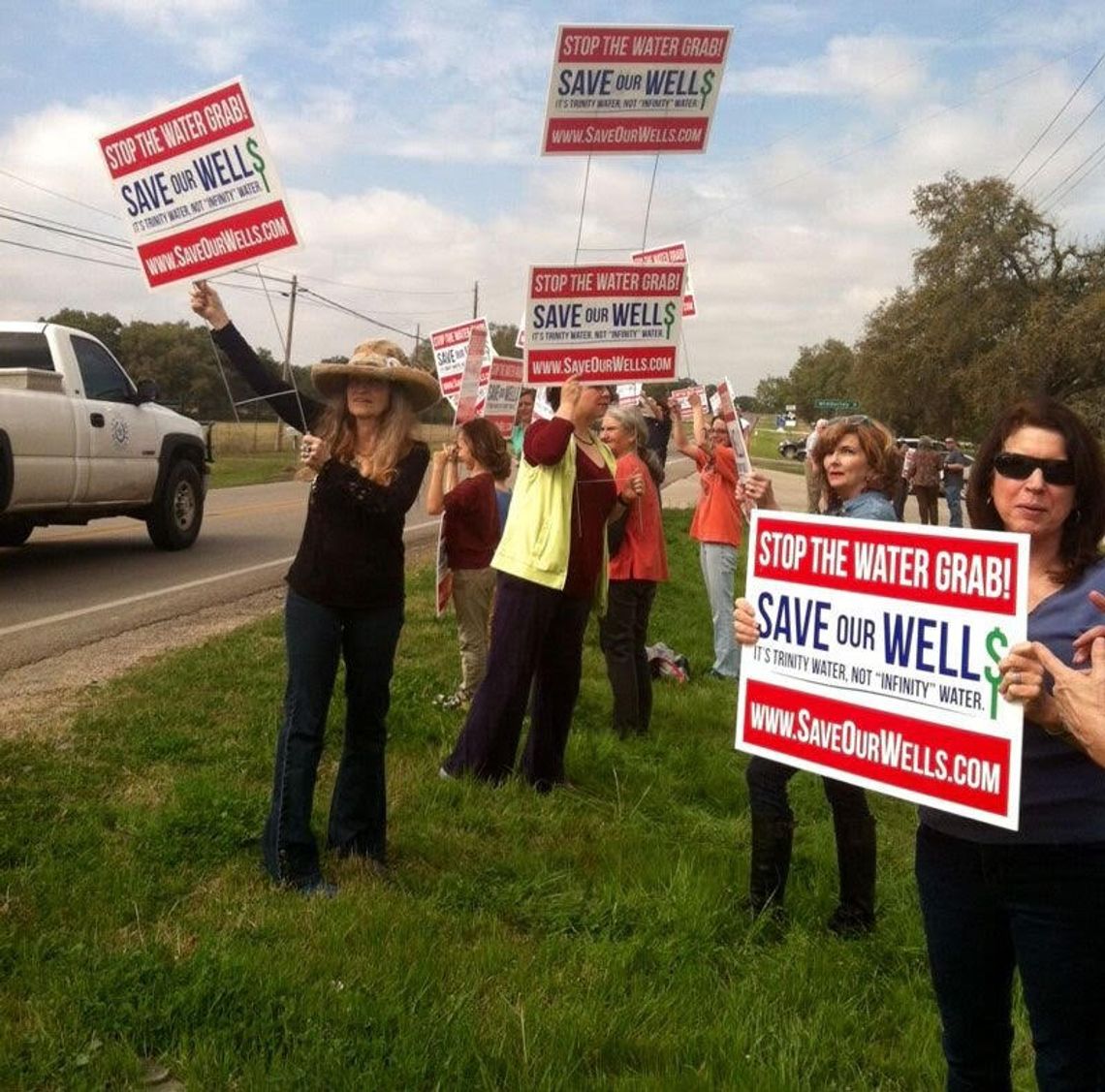By Sahar Chmais
It was a fight between two aquifer districts, but in the end House Bill 3405, passed in 2015, meant that a permit allowing pumpage of more than 289 million gallons of water had to be granted.
A lawsuit filed by Trinity Edwards Spring Protection Association (TESPA) in early 2020 combatting the permit ended with slight oversight of the permit through 2027.
In 2019, the Barton Springs Edwards Aquifer Conservation District (BSEACD) granted a well water permit to Needmore LLC. to withdraw 289,080,000 gallons of water annually, then got sued over the decision.
Needmore, a 5,000 acre-ranch just outside of Wimberley, is allowed to withdraw this maximum amount of water for agricultural irrigation and wildlife use. In 2015, when House Bill 3405 passed, it gave BSEACD jurisdiction over previously unregulated portions of the Trinity Aquifer in Hays County, including Needmore’s land. HB 3405 entitled existing well owners to to use maximum production of their well. The BSEACD did not favor the requirement, but were legally bound to comply, according to a press release from BSEACD.
“We had our hands tied on what we could do as far as granting that permit because by law of HB 3405, it said we must grant peak production capacity of the well,” said Blayne Stansberry, BSEACD board president. “We had our hands tied by law and couldn’t do anything less.”
According to the settlement, Needmore LLC., its successors, any other person or entity seeking to use the water authorized for production by the permit cannot seek to amend, convert or change the use of the water authorized by the permit before May 19, 2027. If they seek to amend the permit use, TESPA will have the right to bring the suit again challenging the permit.
This gives TESPA about six years to reopen the case if the water is used for purposes outside of agricultural irrigation or wildlife use.
Although BSEACD had to sign the permit, the district studied the area and trigger points of unreasonable impacts to see how it affects adjacent wells.
“We had already spent so much time and resources into that permit,” Stansberry said, “then to have this lawsuit, we had our hands tied. All that effort should have been focused on the legislature that mandated the requirements of HB 3405.”
So far, Needmore has not pumped a lot of water out of the well, Stansberry told the Hays Free Press/News-Dispatch. There have not been any complaints from well owners in the area, and given the alliance’s monitoring and networks, they will hear of any issues that may arise, she added.
“It’s an agricultural well, so it’s not like that water could be used to supply a new residential subdivision, for example,” Stansberry said.
TESPA and BSEACD continue to work together on certain water issues.
“We are pleased that all parties were able to reach an agreement in this matter,” said BSEACD General Manager Vanessa Escobar. “This allows the District to continue focusing its resources on protecting groundwater resources and developing the scientific studies and tools that serve as the foundation for our management framework and policies.”










